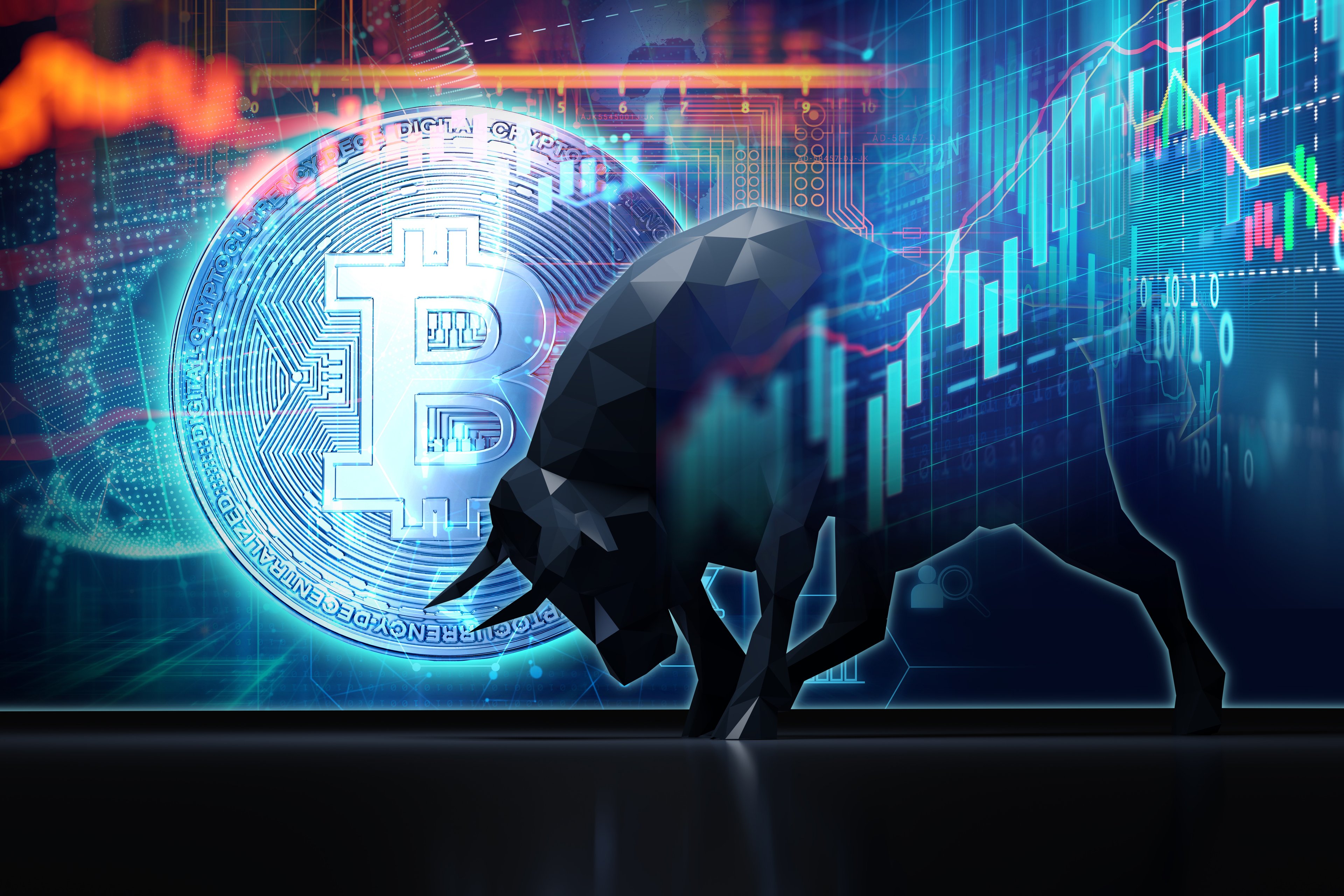Nowadays, $500 doesn't feel like much -- especially if you invest it in the S&P 500 index, where you can expect to make an average annual return of 10% (assuming historical trends remain constant). That's just $50 per year. However, the cryptocurrency industry offers the potential for significantly larger gains than traditional asset classes, like stocks or bonds, for investors who are willing to tolerate more volatility.
Below I'll explore why the payments-focused token digital XRP (XRP +0.91%) might make an excellent long-term pick as it racks up regulatory wins in the U.S. and seeks to disrupt the market for international transactions.
The regulatory climate is easing
Donald Trump's presidential election victory sparked a sharp rally in many cryptocurrencies, and it isn't hard to understand why Wall Street is so optimistic. On the campaign trail, he promised to support the digital asset industry and, so far, his administration is meeting or even exceeding expectations with a raft of newly passed legislation.

CRYPTO: XRP
Key Data Points
On July 18, Trump signed the Guiding and Establishing National Innovation for US Stablecoins (Genius) Act, which is designed to create a framework for issuing dollar-pegged stablecoins. On its face, this law helps legitimize cryptocurrency as a mainstream asset class, which will encourage businesses and institutional investors to get more involved without the fear of potentially breaking any rules.
The Genius Act is a departure from the climate under the previous administration, when lawsuits and enforcement stifled crypto adoption. XRP's developer, Ripple Labs, was affected by this legal uncertainty.
In 2021, Ripple lost its partnership with one of its highest-profile clients, MoneyGram, which stopped using its XRP-based liquidity solutions after Ripple was sued by the Securities and Exchange Commission (SEC) over alleged securities law violations. The case has now been largely resolved with XRP not classified as a security when sold to retail investors, although there are still discussions about settling fines related to Ripple's sales of XRP to institutional investors.

Image source: Getty Images.
The path to real-world utility
XRP's main selling point is its focus on real-world utility. Instead of trying to be a platform for highly speculative and often useless decentralized applications (dApps), XRP focuses on the more tangible market for international payments. Its speed and low fees (0.00001 XRP per transaction) make it an ideal bridge between different currencies.
For example, if someone in the U.S. wanted to send money to Japan, they could buy XRP with dollars and use that XRP to buy Japanese yen, bypassing slow and potentially costly intermediaries. Dollar-pegged stablecoins promise to make this process even easier by removing the volatility inherent in a free-floating bridge currency like XRP.
Instead of allowing its niche to be disrupted, XRP's developers are joining the fray. In 2024, they launched a dollar-pegged stablecoin of their own called RLUSD. Consumer use of RLUSD can indirectly benefit XRP because both tokens are built on the same network. RLUSD transaction fees are paid with XRP, which is then removed from circulation (burned).
Is it too late to buy XRP?
Despite its relatively small unit price of just $3.15 at the time of this writing, XRP is the third-largest cryptocurrency, with a market cap of $187 billion. While this vast size gives it more brand recognition and stability, it also means that investors shouldn't expect a repeat of the explosive returns XRP enjoyed in the past. That said, slow and steady often wins the race.
XRP has graduated from the boom and bust volatility of a meme coin, and investors should focus on its long-term growth potential as it benefits from easing regulatory pressure and compelling real-world use cases.






